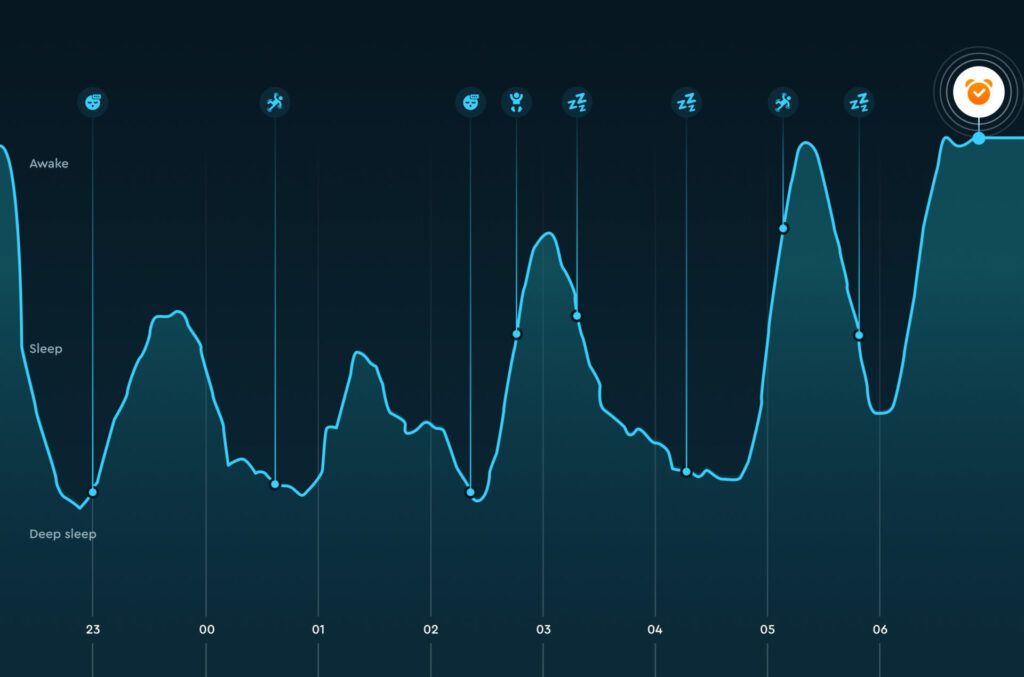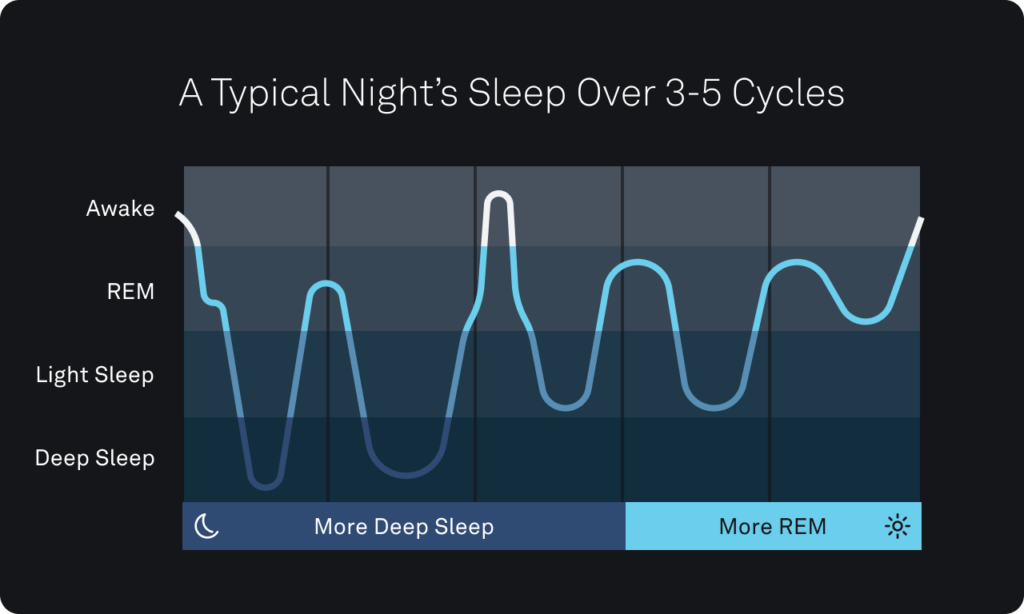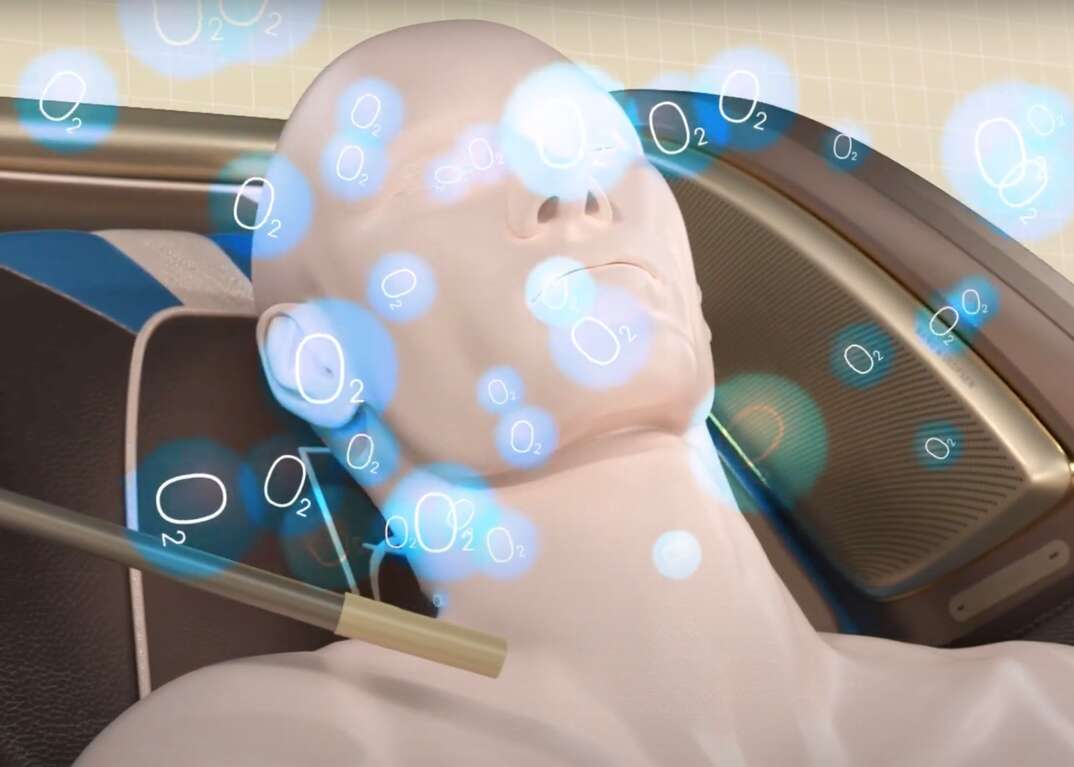Getting quality sleep is essential for physical, mental, and emotional health. However, for millions of people around the world, sleep disorders interfere with rest, leading to fatigue, mood issues, and impaired performance during the day. Identifying a sleep disorder can be a complex process, often requiring specific tests and diagnostic methods. If you’re seeking ways to diagnose and manage sleep problems, this guide to sleep disorders testing offers valuable insights.
Understanding Sleep Disorders and Their Impact
Sleep disorders affect the way we sleep, making it challenging for many to achieve restful and consistent sleep cycles. Some common disorders include insomnia, sleep apnea, restless legs syndrome, narcolepsy, and parasomnias. These conditions can arise from various causes, including stress, lifestyle, or medical issues, often requiring a thorough examination to determine the root cause. To properly assess whether someone may have a sleep disorder, healthcare professionals recommend undergoing a sleep disorders test.
Why Undergo a Sleep Disorders Test?
A sleep disorders test is crucial in helping you understand the underlying cause of sleep disturbances. The results can lead to an effective treatment plan to enhance sleep quality and overall well-being. Testing not only aids in accurate diagnosis but also helps guide healthcare providers in designing personalized treatments. The process may seem complex, but understanding its importance can help you take the first step toward better health and rejuvenating rest. Click here to get more about how to diagnose sleep disorders.
Types of Sleep Disorders Tests
1. Polysomnography (PSG)
Polysomnography, or a sleep study, is one of the most comprehensive sleep disorders tests available. Typically conducted in a sleep center, this test monitors various body functions during sleep. These include:
- Brain activity (EEG) to track the sleep stages
- Heart rate and rhythm
- Eye movements
- Muscle activity
- Respiratory effort and oxygen levels
The polysomnography test is most effective for diagnosing disorders like sleep apnea, narcolepsy, and REM behavior disorder.
2. Home Sleep Apnea Test (HSAT)
For individuals with suspected sleep apnea, a home sleep apnea test provides a convenient alternative to in-lab testing. This test records airflow, oxygen levels, and breathing effort while you sleep at home. It is effective for diagnosing obstructive sleep apnea and often recommended for those unable to visit a sleep center.
3. Multiple Sleep Latency Test (MSLT)
The Multiple Sleep Latency Test (MSLT) assesses daytime sleepiness, typically following a PSG test. It measures how quickly you fall asleep in a quiet environment during the day and helps identify disorders like narcolepsy.
4. Maintenance of Wakefulness Test (MWT)
This test measures the ability to stay awake in a relaxing, low-stimulation environment. The MWT is valuable for individuals in high-risk professions (like truck drivers or pilots) or those suspected of excessive daytime sleepiness, often associated with narcolepsy or severe sleep apnea.
5. Actigraphy
Actigraphy uses a wrist-worn device to monitor sleep patterns over several days, providing insights into sleep-wake cycles. It’s particularly useful for diagnosing insomnia or circadian rhythm disorders.

Preparing for a Sleep Disorders Test
While each sleep test varies, some general preparations apply across tests:
- Avoid caffeine and alcohol for at least 24 hours before the test, as they may interfere with sleep quality.
- Follow your regular sleep routine in the days leading up to the test to avoid disrupted patterns.
- Consult with your doctor regarding any medications, as some can alter sleep architecture.
For those taking a sleep disorders test at a center, bring comfort items like a pillow to ease the experience. If you’re using a home test, follow the instructions closely to ensure accurate data.
Diagnosing Common Sleep Disorders
Each test type aids in identifying specific disorders, with some tests providing more comprehensive data than others. Here’s how different sleep disorders are typically diagnosed:
Sleep Apnea
Diagnosed with a PSG or HSAT, sleep apnea is identified by breathing interruptions and low oxygen levels during sleep. This test reveals if breathing difficulties affect sleep quality and overall health.
Narcolepsy
A PSG followed by an MSLT test helps diagnose narcolepsy by measuring the rapidity of sleep onset during the day. These tests indicate if REM sleep occurs unusually fast, a common marker of narcolepsy.
Insomnia
Actigraphy is often used for diagnosing insomnia, allowing doctors to observe sleep-wake patterns. Insomnia testing may also involve cognitive assessments to identify potential behavioral factors contributing to sleep disturbances.
Circadian Rhythm Disorders
Disruptions in the body’s internal clock, such as delayed sleep phase disorder, can be evaluated with actigraphy. This allows doctors to understand whether the body’s timing of sleep and wakefulness is out of sync with environmental cues.
Benefits of Sleep Disorders Testing
There are multiple reasons to consider sleep disorders testing, particularly if sleep issues impact daily life. Some benefits include:
- Improved Health Outcomes: Testing and subsequent treatment can prevent complications related to sleep apnea, like cardiovascular disease.
- Enhanced Daytime Performance: By addressing underlying sleep disorders, individuals often see significant improvements in focus, energy, and mood.
- Personalized Treatment Plans: A proper diagnosis allows healthcare providers to create tailored treatments, such as Continuous Positive Airway Pressure (CPAP) for sleep apnea or medication for narcolepsy.
For those interested in more information about sleep disorders, a sleep disorders test is an excellent starting point to explore various treatment options and improve sleep quality.

Treatment Options Following Sleep Disorders Testing
Upon receiving your test results, a range of treatment options may be recommended depending on the diagnosed disorder.
Sleep Apnea Treatments
- CPAP Therapy: Continuous Positive Airway Pressure (CPAP) devices keep airways open during sleep.
- Lifestyle Changes: Weight management, reduced alcohol intake, and quitting smoking can mitigate symptoms.
- Surgical Options: For severe cases, surgery might be recommended to correct physical airway obstructions.
Insomnia Treatments
- Cognitive Behavioral Therapy for Insomnia (CBT-I): A highly effective treatment focusing on behavioral adjustments to improve sleep.
- Medication: Short-term sleep aids may be prescribed, though CBT-I remains the preferred method for long-term management.
- Sleep Hygiene: Creating a consistent bedtime routine, reducing screen time, and optimizing the sleep environment can help alleviate insomnia.
Narcolepsy Treatments
- Medications: Stimulants or antidepressants may help manage daytime sleepiness.
- Lifestyle Adjustments: Frequent naps, avoiding caffeine in the afternoon, and sticking to a regular sleep schedule are essential.
Sleep disorders testing can identify which treatments are most suitable, empowering individuals to regain control of their sleep and overall health.
Choosing the Right Sleep Disorders Test
Deciding which test to pursue depends on symptoms and potential disorders. It’s best to consult a healthcare professional who can recommend the most appropriate diagnostic path. For individuals suspecting sleep apnea, a PSG or HSAT is generally the best choice, whereas excessive daytime sleepiness may require an MSLT.
Final Thoughts on Sleep Disorders Testing
For those experiencing consistent sleep challenges, a sleep disorders test offers valuable insights into potential sleep issues. Testing provides not only a better understanding of sleep patterns but also a pathway toward effective treatment. Addressing sleep disorders can dramatically improve quality of life, mental clarity, and physical well-being.
Taking the first step toward better sleep can seem daunting, but with the help of a sleep disorders test, relief is within reach. Investing time in understanding and diagnosing sleep disorders can lead to transformative results, giving you the energy and mental clarity needed to thrive every day.

